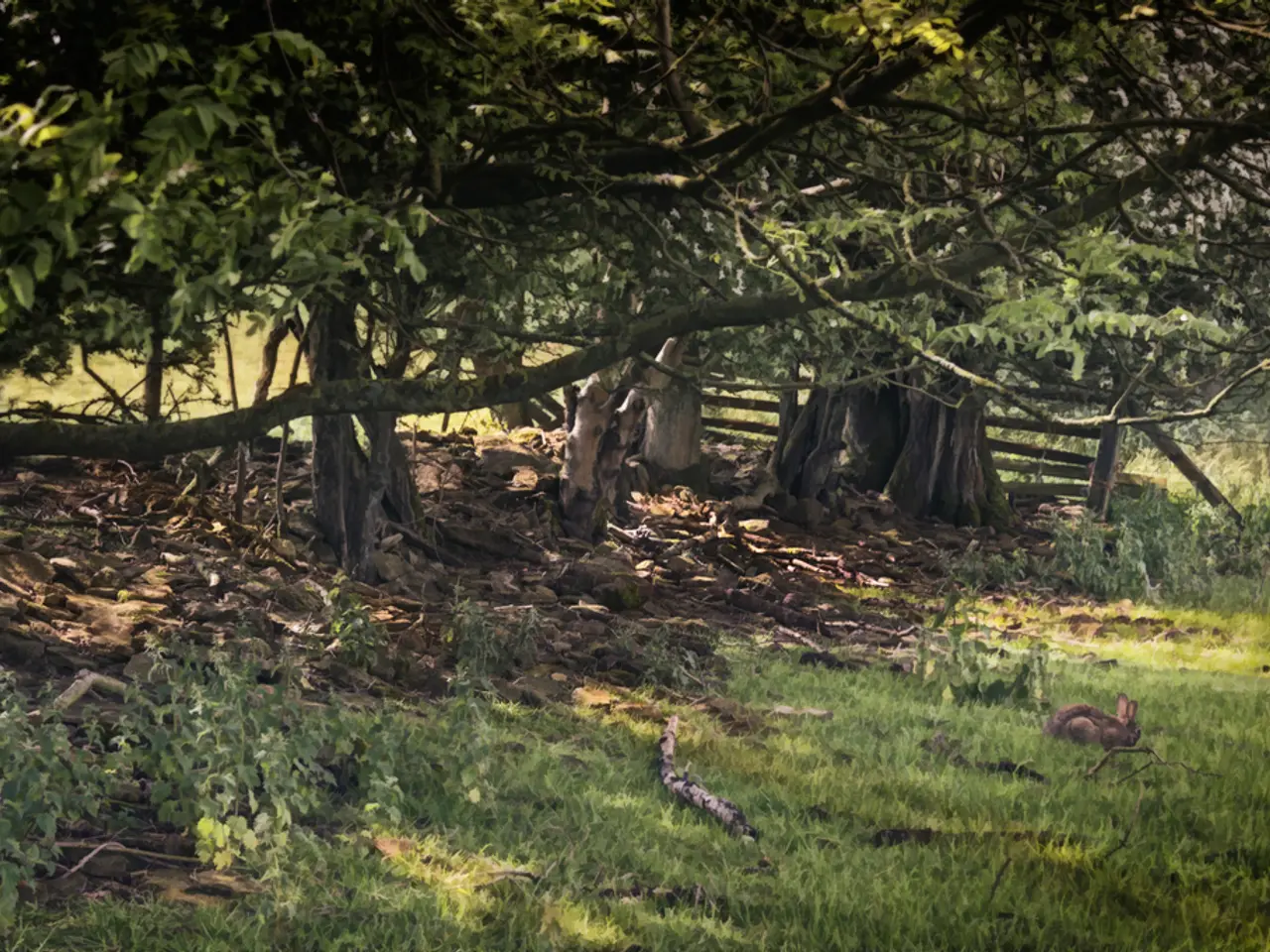Late Summer Gardening Strategies for a Vibrant and Flourishing Garden
As the days grow shorter and the summer heat begins to wane, it's time to focus on maintaining the health and lushness of your garden. Here are some effective gardening tips to help your garden thrive at the end of the season.
Water wisely
Watering plants deeply but less frequently is key to ensuring they stay hydrated. Aim to water early in the day to minimize evaporation and fungal issues. Check the soil moisture about 2-3 inches deep before watering, and use drip irrigation or soaker hoses to target roots efficiently. Group thirsty container plants in shaded areas to reduce stress.
Deadhead and prune
Removing spent flowers from annuals and perennials like roses, zinnias, and marigolds encourages new blooms. Prune leggy or overgrown plants like basil, coleus, and salvia to promote bushier growth. For some perennials, leaving seed heads benefits birds.
Manage pests and diseases
Late summer is a prime time for pests such as aphids, hornworms, and squash bugs. Handpick pests or apply gentle insecticides like insecticidal soap. Monitor for diseases like powdery mildew and treat with neem oil or milk sprays, removing diseased foliage safely.
Mulch and weed
Mulching helps retain soil moisture, protect roots, and control weeds. By late summer, mulch may need replenishing if washed away. Regular weeding is essential to prevent weeds from overwhelming plants as growth slows.
Stake tall plants
Support tall or flopping flowers with stakes if not done earlier in the season. This helps maintain plant structure through late summer and into fall.
Avoid transplanting in intense heat
Postpone moving plants until cooler days to reduce transplant shock.
Additional tips
- Applying a liquid feed to struggling plants provides a nutrient boost.
- Shaping evergreens and climbers once flowering ends maintains tidiness and promotes healthy growth.
Preparing for fall
Clearing out the yard makes space for planting fall-season crops and maintains the garden's health. Making your own compost using garden and kitchen scraps is a great idea for reusing wastes and creating organic fertilizer.
Protecting the garden
Use mulch and cover-ups to protect the soil and plants from the elements. Deadheading, or removing dead, wilting, or spent flowers, promotes new growth and more buds in plants.
Harvesting and planting
The end of the summer season marks the start of harvest time for vegetables like carrots, cabbages, broccoli, cucumbers, tomatoes, and squash. Thinning root vegetables at this time allows plants beside them to grow larger throughout the growing season. Some zones are suitable for fall gardening, and the end of the summer season is the best time to start planting new crops.
Maintaining the garden
Browning plants, falling leaves, and wilting flowers are common in the last few weeks of the summer season. Removing weeds regularly ensures plants have full access to soil nutrients, as weeds grow rapidly at this time, competing with plants for nutrients. Water your plants deeply once a week to keep them well hydrated and strengthen their root systems.
Looking ahead
Check the local climate to see if the days are getting cooler and plant crops that thrive in mild weather such as kale, lettuce, arugula, mustard greens, and spinach. Clearing out your yard later in the fall season helps prepare the outdoor space for the cold months and promotes new growth. If you live in a hardier zone where the warm climate lingers, try sowing beets, radishes, broccoli, and cabbage from seeds. After clearing your yard, do not leave the ground bare to prevent weed growth and infestations.
Incorporating gardening into your home-and-garden lifestyle, focus on maintaining the garden's health and lushness as summer transitions into autumn. For instance, incorporating deadheading and pruning into your routine encourages new blooms from annuals and perennials, while promoting bushier growth in plants like basil, coleus, and salvia (lifestyle, home-and-garden, gardening). To expand your garden's beauty further, consider adding fall-season crops to your garden by thinning root vegetables and starting new crops, such as kale, lettuce, and spinach (lifestyle, home-and-garden, gardening).




